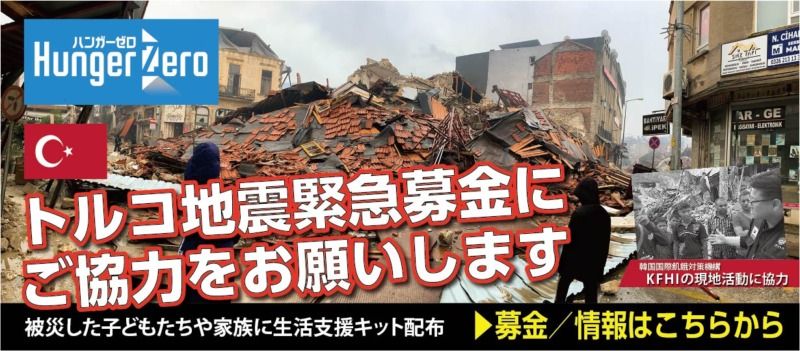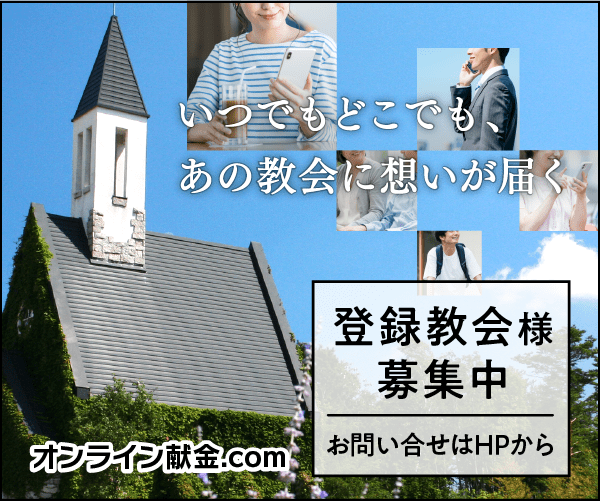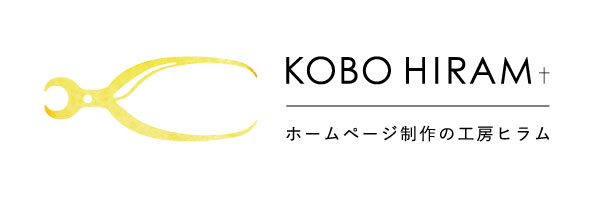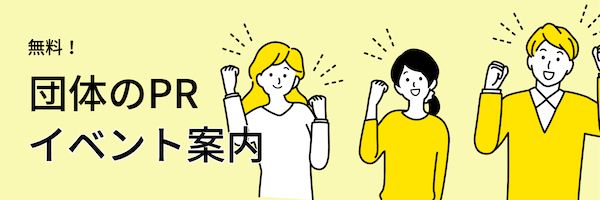「クリスマスを急いではいけません」と神学校の教授は私に厳しく言ったものでした。
“Don’t rush Christmas,” a seminary professor once told me sternly.
「クリスマスのお祝いに取りかかるのは、前日のクリスマス・イブで大丈夫。クリスマス・キャロルを歌ったりしながら気長に待つように」と指導します。「アドベントとクリスマスには、それぞれ違う意味があります。なぜそんなにすべてを早くからやらなければならないのですか」
英国国教会から長老派教会の教会員まで、教会に通っている人なら誰でも、ハロウィンのすぐ後、ショッピング・モールで流れるビング・クロスビーが歌うクリスマス・ソングを耳にすると、急(せ)かされる思いがすることでしょう。
Divinity school faculty often press pastors-in-training to hold off on Christmas celebrations until the eve of the big day, relying on a handful of Advent songs to get through the bulk of December and leaving tree-trimming for the very end of December. High churchgoers, from Anglicans to Presbyterians, cringe when the local mall blasts Bing Crosby the day after Halloween. “Advent is a season, too, distinct from Christmas,” we crow. “Must our culture hurry everything?”
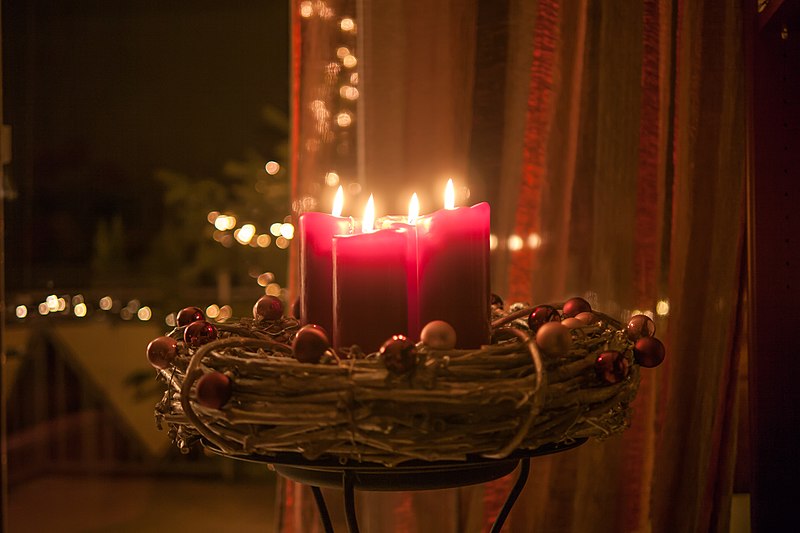
アドベント・キャンドル(写真:Matti Blume)
アドベントの時期は、聖なる憧れと予感の時を示します。エリサベト、ゼカリヤ、バプテスマのヨハネ、マリア、ヨセフ、天使ガブリエル、ベツレヘムへの長い旅の話をする世界を開きます。典礼色は、受難節と同じ紫色であり、神の民が世界の破綻を嘆き、キリストが復活されて天に昇られ、また再びこの世に来られるという神聖な希望を抱くよう、二つの時期を結びつけます。アドベントを祝うには、静寂と沈黙、切望という、クリスチャンにとってきわめて重要な要素が必要です。
The season of Advent marks a time of holy longing and anticipation. It opens space for sitting with the stories of Elizabeth, Zechariah, and John the Baptist, of Mary, Joseph, the angel Gabriel, and the long journey to Bethlehem. Its liturgical color, purple, is the same as Lent and links the two seasons together as similar spaces in which God’s people mourn the brokenness of the world and also participate in the sacred hope that Christ has come and will come again. To celebrate Advent is to make space for vitally important Christian practices: stillness, silence, and longing.
しかし世間では、信じられないくらい早い時期からクリスマスが始まります。私たちの地元のコストコでは10月中旬にはもうクリスマス・ツリーを販売し始めます。感謝祭の七面鳥をまだ食べ終わらない前から、学校や教会、コミュニティ-・センターではクリスマス・プログラム、コンサート、イベントが始まります。教会が12月24日までクリスマスのお祝いを控えていれば、早い時期から始まる世俗的なクリスマスの催しに飽きてしまうことなく、クリスマスの意味を正しく理解して祝うことができるでしょう。
Yet here’s the rub—cultural Christmas starts early. As in, early early. Our local Costco had artificial Christmas trees on sale by mid-October this year. Schools and churches and community centers begin offering Christmas programs, concerts, and events before Thanksgiving turkeys have cooled. If the church holds off on the celebration of Christmas until December 24, we risk ending up so world-weary from cultural Christmas that we never properly celebrate the holier elements of the season.
アドベントとクリスマスは神学的に相いれないという議論があるとはいえ、それらを厳密に分けることは、不必要な律法主義と言えるかもしれません。お祝いと期待を重ね合わせて、主イエスの再臨を待ち望みながらキリストの降誕をお祝いしてはいかがでしょうか。
The more persuasive argument, however, is that the theological practices of Advent and Christmas are not mutually exclusive. Keeping them rigorously separated might be less an exercise in Christian waiting than it is in unnecessary legalism. Why not overlap the two—celebration and anticipation—and commemorate the birth of Christ while awaiting his return?
つまり、実際には主イエスの再臨を待っているのですが、まず主イエスの誕生をお祝いすることになります。私たちがキリストの誕生を祝うためにクリスマスを待ち望んでいる時、再臨に対する思いは隅に追いやられて、たまに頭に浮かぶ程度になるか、最悪の場合、完全に忘れ去られてしまうかもしれません。アドベントの目的は、この二つの事柄は別々ではあるものの、同様に影響力がある出来事だと心に留めることです。そして、イエスの誕生を早くから祝うことは、より誠実に、また完全に主の再臨を覚えるための時を与えてくれるのです。
A blended season may be truer to the spiritual practices we’re trying to sow the rest of the year for the simple reason that Jesus has been born but we are, in fact, waiting for him to come again.
When we hold off until Christmas to celebrate the nativity of Christ, the advent of his second coming gets pushed to the margins, often a second thought at best and entirely forgotten at worst. Advent’s purpose is to remind us of these two separate but equally impactful events, and thus celebrating one (the birth of Christ) earlier leaves space to more faithfully and fully remember the other.
キリスト教の歴史と伝統から、厳然としたアドベントを保つための主張はよくありますが、祝日の歴史を詳しく調べていくと、アドベントとクリスマスをどのように祝うべきかについては曖昧(あいまい)にしか示されていません。12月24日から1月6日までの期間に祭典が初めて行われたのは4世紀頃で、その後、時間の経過とともにそれは進化していきました(その前は、復活祭とペンテコステは祝うが、キリスト誕生に関連した祭典は、初期の教会の記録には記されてない)。
The arguments for strict Advent-keeping are often drawn from Christian history and tradition, and yet a close study of the holiday’s history shows us a less linear map for how Advent and Christmas should be celebrated. Christian traditions surrounding Christmastide have evolved over time, with the earliest records of festivities showing up around the fourth century. (Prior to that, Christians celebrated Easter and Pentecost, but a feast connected to the birth of Christ is absent from the writings of our earliest church fathers and mothers.)
中世には、ヨーロッパの子どもたちが12月6日に聖ニコラオスを祝って贈り物をもらいました。16世紀に宗教改革が始まり、プロテスタントはカトリックの祭日と区別するため、クリスマスの贈り物は12月24日にすることにしました。
In the Middle Ages, European children were given gifts on December 6 in honor of Saint Nicholas, a tradition that some still practice today. It was only as the Reformation started in the 1500s that the date of Christmas gift-giving began shifting to December 24, distinguishing Protestant celebrations of the holiday from Catholic ones.
今日でも、世界の教会からの情報を合わせてみると、クリスマス・シーズンの祝い方は一様ではありません。カトリックは伝統的に2月2日まで、キリスト誕生を祝う最長の典礼を行います。2月2日は、幼子イエスが神殿にささげられた日を記念する「主の奉献の祝日」です。また、ほとんどの東方正教会では、1月7日にイエスの誕生を祝います。プロテスタントでは通常、クリスマス・イブまでの4週間と1月6日のエピファニー(公現祭)で終わるクリスマス・シーズンを祝います。教派により祝い方も多様ですが、どの教会も大切なクリスマスを祝うのです。
Even today, if we take our cues from the global church, the liturgical Christmas season is far from straightforward. The Catholic church traditionally practices the longest celebration, continuing Christmastide through February 2 with the feast of Candlemas, which commemorates the presentation of Jesus in the Temple. Most Eastern churches celebrate the birth of Jesus on January 7. Liturgical Protestant communities commonly celebrate Advent the four weeks leading up to Christmas Eve and then the Christmas season following, ending with Epiphany on January 6. Nondenominational and lower-church congregations vary widely in how they celebrate, from hanging greens before Thanksgiving to holding off on Christmas celebrations until the big day itself.
キリスト教史上の主要人物を見ると、偉大な神学者や作家が、クリスマスを早く祝うことを直接的または間接的に主張していることが分かります。たとえば、4世紀には教父アウグスティヌスがイエスを「時間の制限がない父なる神の誕生」としてクリスマス説教をしています。また、中世ドイツの神学者で神秘主義者のマイスター・エックハルトは、「キリストの誕生はいつも起こっている」と言って、この考えを言い換えました。
When we look to key figures from Christian history, we find that some of our greatest theologians and writers have argued—directly or indirectly—for an early Christmas. In the fourth century, for example, Saint Augustine preached a Christmas sermon on Jesus being “Born of the Father without the limits of time.” Meister Eckhart later paraphrased this idea by saying, “the birth of Christ is always happening.”
ジョン・ミルトンは1629年に「キリストの誕生の朝」という詩を書き、キリストの誕生は限りなく広く大きく、その年の特定のシーズンに限定される必要はないことを読者に思い起こさせました。
In 1629, John Milton penned a poem titled “On the Morning of Christ’s Nativity,” reminding his audience that the birth of Christ had cosmic implications and needn’t be limited to one particular season of the year:
For if such holy song
Enwrap our fancy long,
Time will run back and fetch the age of gold,
And speckl’d Vanity
Will sicken soon and die,
And leprous Sin will melt from earthly mould;
And Hell itself will pass away,
And leave her dolorous mansions to the peering Day.
同時代、詩人のジョン・ドンは、「主イエスの出生と死は一つの連続した行為であり、クリスマスと受難日は同じ日の夕方と朝である。……この世、教会、個人へのキリストの現れがエピファニー(公現祭)で、クリスマスの12日後に当たる1月6日だ」と宣言しました。
In the same century, poet John Donne proclaimed in “The Showing Forth of Christ” that Jesus’ “birth and death were but one continual act, and his Christmas Day and his Good Friday are but the evening and morning of the same day. … Every manifestation of Christ to the world, to the Church, to a particular soul, is an Epiphany, a Christmas day.”
明らかに、キリスト教の歴史と現代のキリスト教のあり方から、私たちは開かれた精神を持って祝日を迎える心構えが必要です。ツイッターなどでも意見を述べている人がいるようですが、これらの聖なる祝日を祝うための「正しい」日付はありません。
Clearly, the diversity of practice that we find in Christian history and contemporary Christendom should give us room to approach the holiday season with an open spirit. There is no “right” date to begin celebrating these holy seasons, as many a Twitter curmudgeon would have us believe.
アドベントとクリスマスを重ね合わせるメリットは何でしょうか。
What are the benefits of blending Advent and Christmas?
まずクリスマス・イブまでに、神学的に最も恵みのあるクリスマス・キャロルを教会から広めることができます。クリスマス・ソングは、「さやかに星はきらめき」から「クリスマスの鐘」まで、私たちが苦境や抑圧の中にいる時、平安は主イエスの中だけにあるということを思い出させ、希望が与えられます。
First, it allows the church to unfetter some of our most theologically rich songs before Christmas Eve. From “O Holy Night” to “I Heard the Bells on Christmas Day,” Christmas songs turn our hearts to the plight of the oppressed and remind us of the hope for peace found only in Jesus.
次に、早いクリスマスは、神が与えてくださった究極の贈り物として神のひとり子イエスを私たちの中に受け入れるよう勧めます。「神はそのひとり子を世につかわし、彼によってわたしたちを生きるようにして下さった。それによって、わたしたちに対する神の愛が明らかにされたのである」(1ヨハネ4:9)。神が人間の姿をとってこの世に来てくださったことは、神の惜しみない愛であり、主イエスを心の中に受け入れることが大切だと私たちに改めて思い出させます。
An early Christmas also invites us to embrace gift-giving as an analogy of the ultimate gift God gave to us in his son, Jesus. As it is written in 1 John, “This is how God showed his love among us: He sent his one and only Son into the world that we might live through him” (1 John 4:9). The Incarnation tips us off to the unbridled generosity of a God who comes to live among his people. It also reminds us anew that our posture before him is first that of a receiver.
最後に、再臨を待望するアドベントとクリスマスを重ね合わせることは複雑なように見えるかもしれません。しかし私たちは、この世の暗闇の中でろうそくのあかりに導かれ、沈黙によって希望を宣言し、主イエスから平安を受け取り、救い主の御名をほめたたえることになります。フィリップ・ヤンシーが『私の知らなかったイエス』(いのちのことば社)で書いているように、神の働きはしばしば大きな喜びと大きな痛みという二面性があります。クリスチャンはアドベントとクリスマスの両方を通して、主イエスがこの世に来られ、今も生きておられ、そして再臨されることを心から確信することでしょう。
Finally, the holy waiting of Advent combined with the unfettered celebration of Christmas helps us behold the sacred complexity of this season. We’re invited to light candles in the darkness, to proclaim hope through the silence, and to embrace peace amidst the violence of a world in desperate need of a Savior. As Philip Yancey puts it in The Jesus I Never Knew, “Often a work of God comes with two edges, great joy and great pain.” In both Advent and Christmas, Christians are invited to embrace the “already, not yet” of the human experience—the reality that Christ has come, is come, and will come again.
私と同じように、早くからバール・アイヴスのクリスマス・ソングなど聴きたくないと思っている方がいらっしゃるかもしれません。しかし、もしクリスマス・ツリーを飾りたいと思うなら、すぐに飾ってください。そうすることによって、あなたの家族、隣人、そしてあなたの友人に喜びを分かち合えるかもしれません。それ以上に、私たちはキリストの誕生を祝福し、1年を通して主の再臨を期待することを考えさせられることでしょう。
You may not want to blast Burl Ives from the stereo in June like I do. But go ahead and decorate that tree today if you want. It might give pleasure to your family, your neighbors, and your friends. More than that, it’ll remind you that we celebrate Christ’s coming—and anticipate his second coming—all year long.
執筆者のコートニー・エリスは牧師、講演者、作家。2019年2月にローズ出版より『整頓──あなたのスペースを自由にし、あなたのスケジュールを解放し、あなたの魂を解放する』を出版予定。夫のダリル、そして3人の子どもと南カリフォルニアに在住。
本記事は「クリスチャニティー・トゥデイ」(米国)より翻訳、転載しました。翻訳にあたって、多少の省略をしています。
出典URL:https://www.christianitytoday.com/women/2018/november/christmas-advent-case-for-early-holiday.html
「クリスチャニティー・トゥデイ」(Christianity Today)は、1956年に伝道者ビリー・グラハムと編集長カール・ヘンリーにより創刊された、クリスチャンのための定期刊行物。96年、ウェブサイトが開設されて記事掲載が始められた。雑誌は今、500万以上のクリスチャン指導者に毎月届けられ、オンラインの購読者は1000万に上る。
関連


